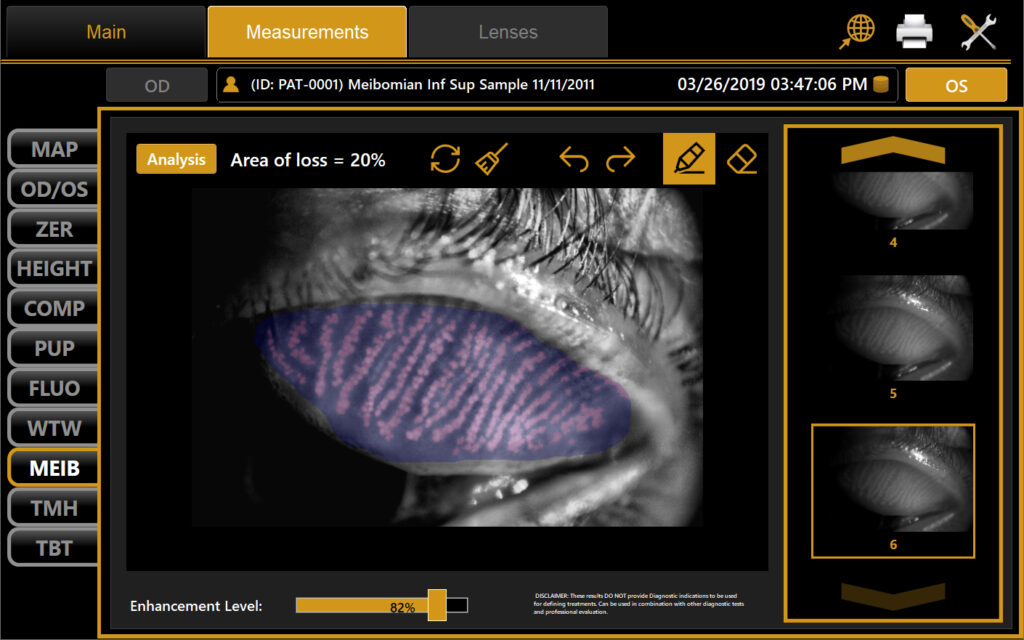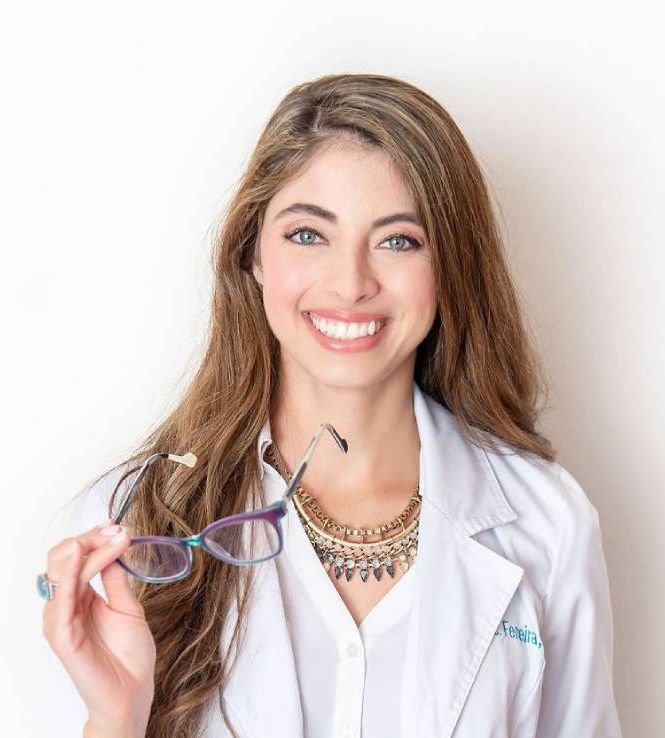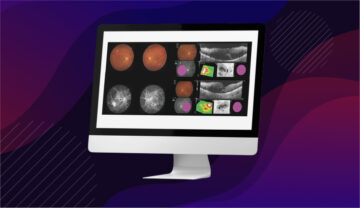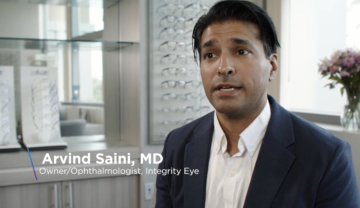Elevating Dry Eye Practice: How Advanced Technology Can Lead to Exceptional Practice Success
“Building my dry eye practice has drastically impacted my bottom line and the quality of life for my patients.”
Celesta Ferreira, OD, of Cypress Optique in Cypress, Texas, is driven by the belief that optometrists have a responsibility to manage ocular surface disease comprehensively and prevent the chronic discomfort that can be associated with dry eye. She suffered from severe dry eye throughout her life, igniting her passion for treating dry eye and helping others understand how this disease can negatively impact patients on a daily basis. “I felt like I never had a proper eye exam that checked for dry eye, so when I opened my practice, I knew I needed to bring in the technology that would allow me to diagnose [this condition] and determine the appropriate treatments,” she reflects. Ultimately, her frustration with the lack of an accurate dry eye assessment led her to equip her practice with the necessary equipment to identify and address the root cause of dry eye disease.

When selecting a corneal topographer, Dr. Ferreira chose the Topcon CA-800 Corneal Analyzer for several reasons. The affordability and compact design of this instrument complemented the needs of her cold-start practice and provided seamless integration with the existing Topcon equipment in her exam lanes. She also valued the advanced diagnostic capabilities of the CA-800, which made it possible for her to expand her scope of patient education. “It’s marketed as a topographer, but for those who want to treat dry eye, there is much more available here,” she says. The CA-800 allows her to describe and demonstrate to patients the physical manifestations of dry eye, such as reduced tear break-up time (TBUT) and tear meniscus height, as well as capture high-resolution images of the corneal surface to analyze the quality of the tear film and meibomian glands.
A Dry Eye Protocol
“I didn’t implement the extensive testing protocol for dry eye until I realized what I could do with this technology. I initially used it for pupillometry and topography, and if someone talked about dry eye symptoms, I would obtain [meibography] imaging and TBUT,” she recalls. However, at professional conferences focused on dry eye, she heard a common refrain: “You won’t know unless you look.” Dr. Ferreira built her dry eye protocol with this philosophy in mind. “I heard doctors say that patients can have zero symptoms and not a gland left. Often patients assume that the way their eyes feel is normal. I began to look and prove it rather than base my testing on the patient’s symptoms.”
As a result, she uses her CA-800 device to assess pupillometry, corneal topography, blink rate, TBUT and meibography in all patients. Although this does take extra time, Dr. Ferreira notes that even one extra test to better understand a patient’s risk for dry eye is helpful and worthwhile. When she started to look for dry eye, she found it—in big numbers. Her dry eye practice has nearly doubled in size as a result, and she has diagnosed this condition in many patients she would have not screened based simply on their profile. She was astonished by many of these cases, such as that of a 6-year-old patient who only had a few meibomian glands remaining because of persistent eye-rubbing. “I am constantly amazed at how drastic the loss of meibomian gland function can be for those who say they have no symptoms. This is true, too, for those who have symptoms that are constantly overlooked.”
Marketing the Specialty
Dr. Ferreira initially relied on patient referrals by word-of-mouth. “Now, I am really promoting the [dry eye] specialty because I have the technology to test and treat patients. The Topcon CA-800 helped give me the confidence to detect the condition and educate patients,” she says.
During her comprehensive exams, she makes sure to explain to patients the information she obtained during their preliminary dry eye screening and share her reasoning for ordering a more detailed evaluation. Patients often return for a medical exam and in-depth testing for this reason. “The data I get from the CA- 800 is my gateway into showing patients what is going on,” she says. With the help of tracking features on this device, she is able to show patients directly the efficacy of the individualized treatment plan she prescribes. Demonstrating an increased TBUT time after treatment, for example, is great reinforcement to show patients that treatment is working.

Transformative
Dr. Ferreira’s passion for comprehensive dry eye management and her investment in the right tools for success has allowed her actively to promote her specialty practice with confidence. With the help of the Topcon CA-800 device, she can diagnose and educate patients effectively and fully address their dry eye concerns, leading to tangible improvements in signs and symptoms. “Building my dry eye practice has drastically impacted my bottom line and the quality of life for my patients,” she reflects. While dry eye might not be every optometrist’s passion, for those who are dedicated to addressing it, the investments in diagnosis and treatment can be transformative for both patients and for the practice, she says.




